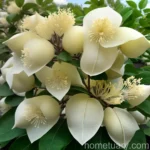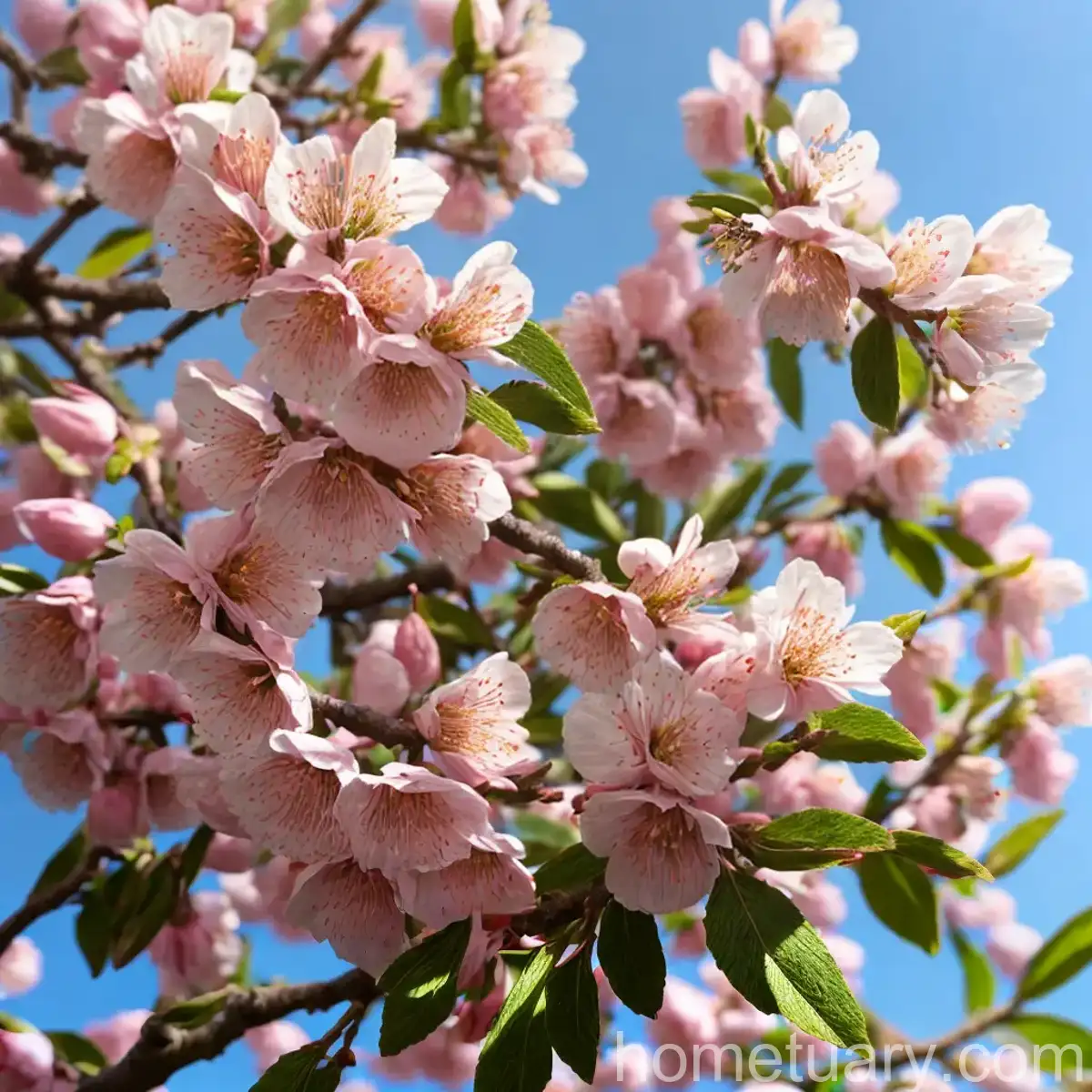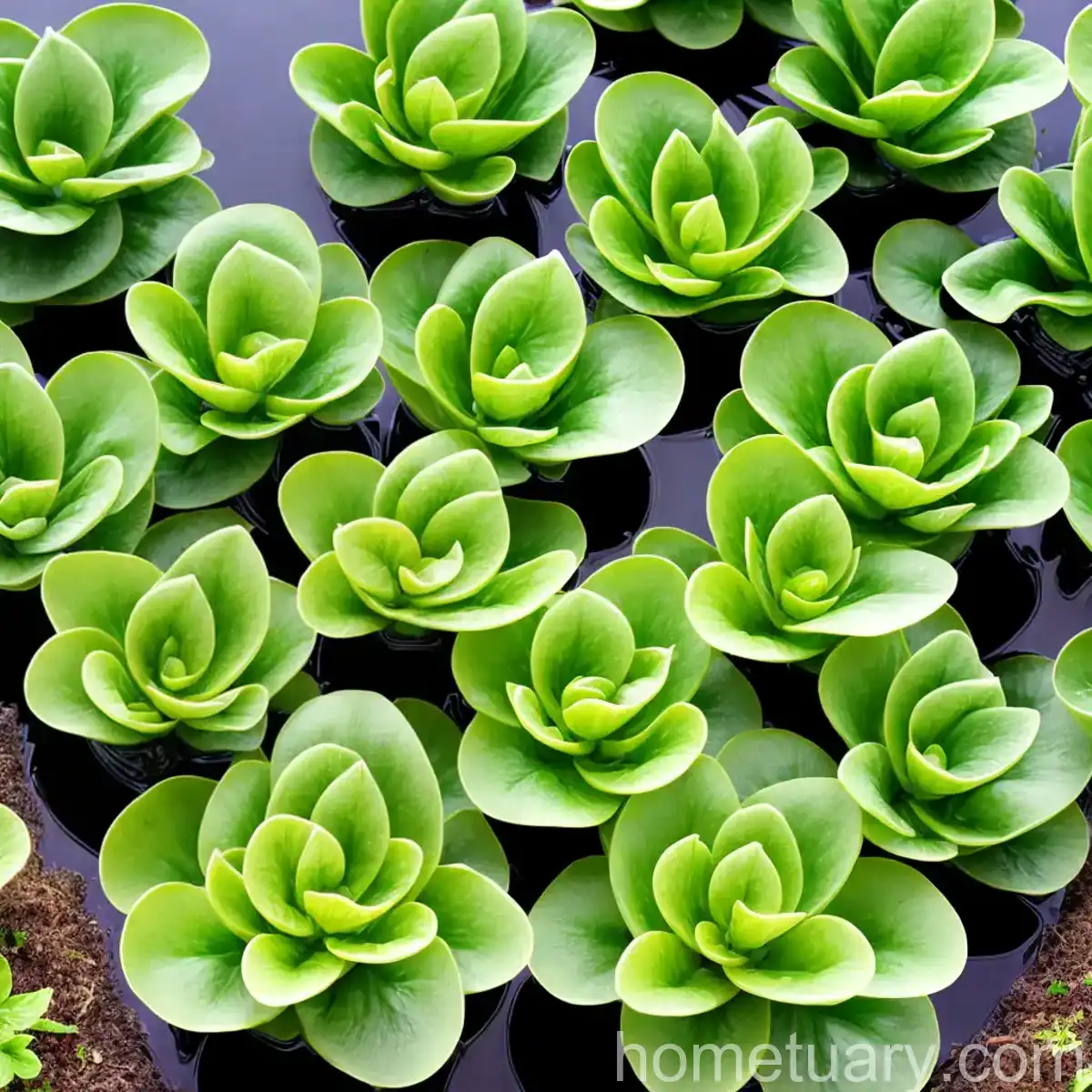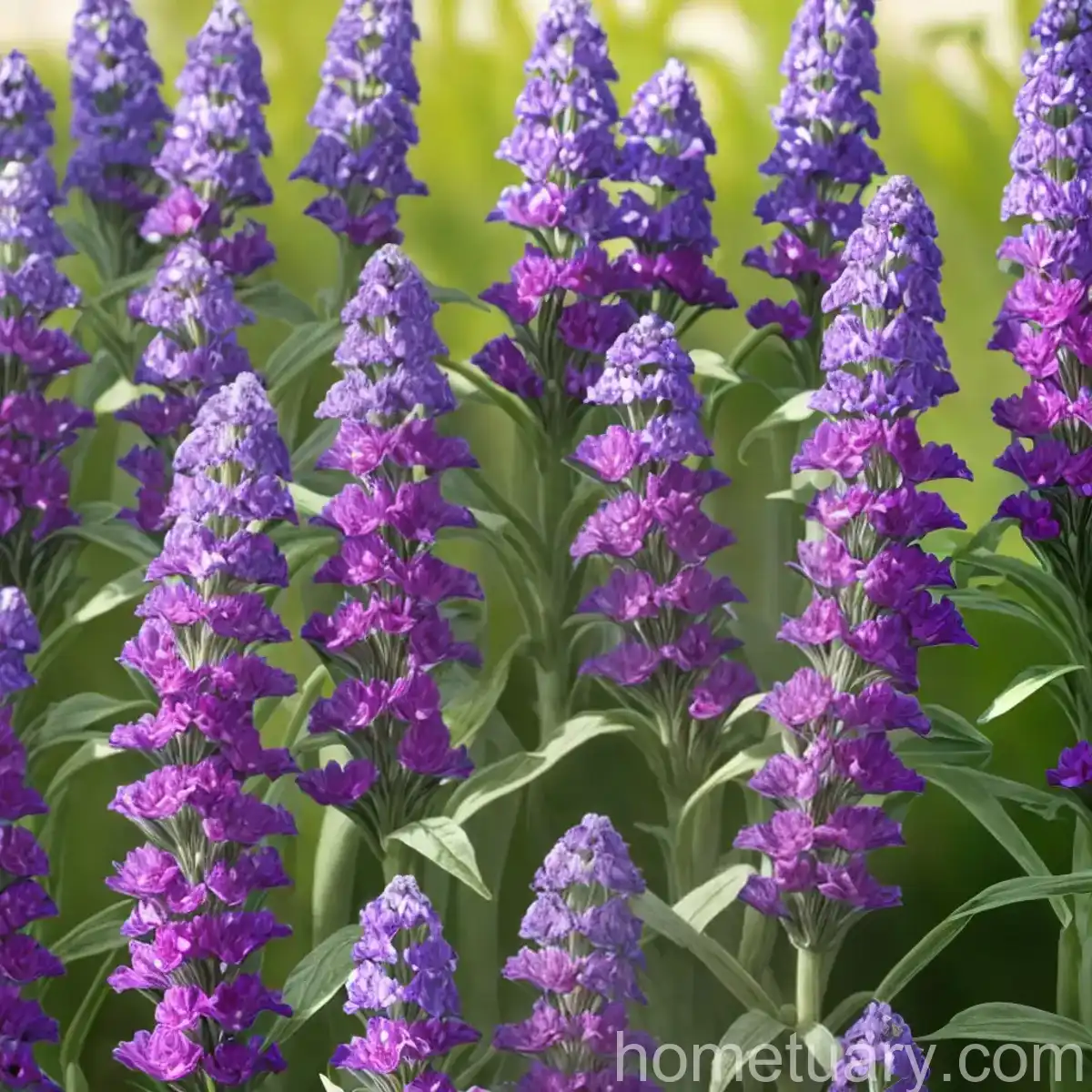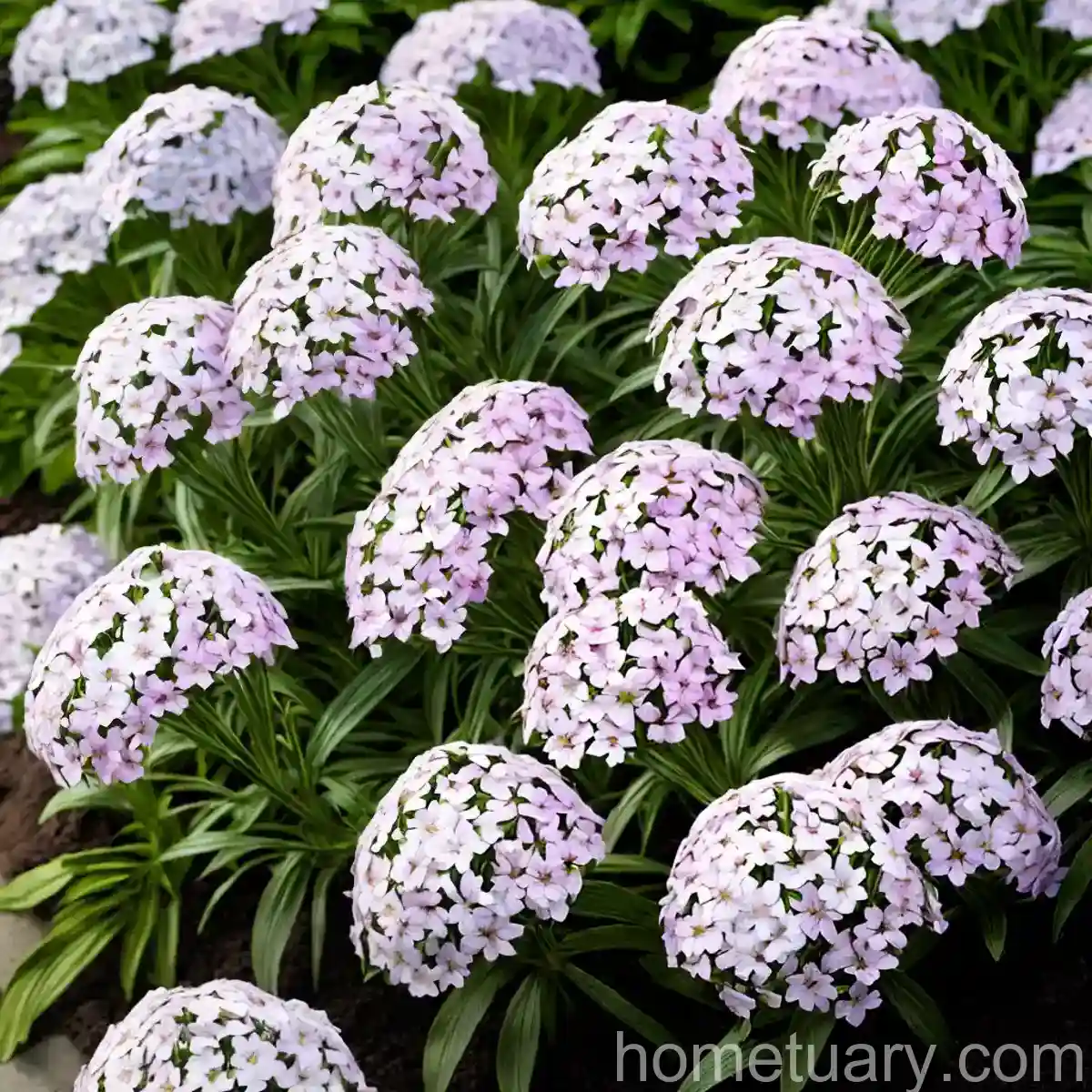The Fascinating Witch-Alder (Fothergilla major): A Complete Guide
The witch-alder, scientifically known as Fothergilla major, is a captivating and versatile shrub that has been gaining popularity in landscapes and gardens. With its unique foliage, delightful flowers, and vibrant autumn colors, the witch-alder has become a favorite among gardeners and landscapers. In this comprehensive guide, we will delve into all aspects of the witch-alder plant, including its culture, uses, care requirements, propagation, and much more. Whether you are a seasoned gardener or a plant enthusiast, this guide will provide valuable insights into the world of witch-alder and help you make the most of its potential in your garden or landscape.
What is Witch-Alder (Fothergilla major)?
The witch-alder, or Fothergilla major, is a deciduous shrub native to the southeastern United States. It belongs to the Hamamelidaceae family, which also includes witch hazels. The genus Fothergilla is named after Dr. John Fothergill, an 18th-century British physician and plant collector. The species name “major” signifies the larger size of this particular Fothergilla species compared to its counterparts.
Witch-alder is celebrated for its striking features, including fragrant white bottlebrush-like flowers, vibrant fall foliage, and attractive blue-green summer leaves. It is valued for its low maintenance and adaptability, making it a sought-after plant for various landscape applications.
Key Takeaways – Witch-Alder (Fothergilla major)
Before we dive deeper into the various aspects of the witch-alder, let’s briefly highlight the key takeaways associated with this captivating shrub:
- Species Name: Fothergilla major
- Common Name: Witch-Alder
- Family: Hamamelidaceae
- Native Range: Southeastern United States
- Notable Features: Fragrant flowers, vibrant fall foliage, low maintenance
- Landscape Uses: Gardens, landscapes, naturalistic plantings, woodland settings
- Special Characteristics: Attractive to pollinators, versatile, adaptable
- Cultivars: Varied sizes, flower colors, and foliage characteristics
- Benefits: Ornamental value, wildlife support, ecological importance
With these takeaways in mind, let’s explore the culture, uses, care requirements, and maintenance tips for the witch-alder to fully appreciate its potential in horticulture and landscaping.
Culture
When it comes to the culture of witch-alder (Fothergilla major), understanding its preferred growing conditions is crucial for ensuring its vigor and overall well-being in the garden or landscape. Let’s delve into the specific cultural requirements that will help the witch-alder thrive.
Water
Witch-alder generally appreciates consistent moisture, especially during its establishment phase. While it can tolerate brief periods of drought once established, regular watering is essential, particularly in dry or arid climates. When planting witch-alder, it’s important to provide ample water to aid in root establishment and promote healthy growth. Additionally, during prolonged dry spells, supplemental watering can be beneficial to maintain optimal soil moisture levels and support the shrub’s overall health and vigor.
Sunlight
In terms of sunlight requirements, witch-alder thrives in partial shade to full sun conditions. In regions with hot summers, providing some afternoon shade can be advantageous to prevent leaf scorch and promote the best leaf coloration. In contrast, in cooler climates, full sun exposure can enhance flowering and foliage color development. Understanding the specific microclimate of the planting site is essential for determining the ideal sunlight conditions for witch-alder to flourish.
Soil
Witch-alder prefers well-drained, acidic (pH 5.0-6.5), and organically rich soil. Amending the planting site with organic matter and ensuring proper drainage are essential steps to create an optimal growing environment for witch-alder. Additionally, applying a layer of mulch around the base of the shrub can help retain soil moisture, regulate soil temperature, and suppress weed growth, all of which contribute to the overall health and vigor of the plant.
Fertilizer
When it comes to fertilizing witch-alder, a balanced, slow-release fertilizer formulated for acid-loving plants can be applied in early spring. Incorporating the fertilizer into the soil around the shrub’s drip line and watering it thoroughly can provide the necessary nutrients to support healthy growth and flowering. It’s important to follow the manufacturer’s recommendations regarding application rates and frequency to avoid over-fertilization, which can be detrimental to the plant.
Pruning
Pruning witch-alder is minimal and is primarily conducted to maintain its desired shape, remove dead or damaged branches, and rejuvenate the plant as needed. As a general guideline, light pruning after flowering can help promote a tidy appearance and prevent overcrowding. However, excessive pruning should be avoided, as it can potentially diminish the plant’s floral display and natural form. Understanding the appropriate timing and techniques for pruning is essential to preserve the aesthetic and structural integrity of the witch-alder.
Propagation
The propagation of witch-alder can be achieved through various methods, including softwood cuttings, semi-hardwood cuttings, and division. Softwood cuttings taken in late spring to early summer, and semi-hardwood cuttings taken in mid to late summer, can be rooted under controlled conditions to produce new plants. Additionally, dividing mature witch-alder plants in early spring can be an effective way to propagate the shrub while rejuvenating the parent plant. Understanding the specific timing and techniques for each propagation method is essential for successfully multiplying witch-alder and ensuring genetic uniformity in the resultant plants.
Container Popularity
Witch-alder’s versatility, compact size, and ornamental value make it an excellent candidate for container gardening. Whether utilized on patios, balconies, or as focal points in outdoor spaces, witch-alder can thrive and provide visual interest in containerized settings. Its adaptability to different container sizes and soil mixes, combined with its striking foliage and flowers, contribute to its popularity as a container plant. Understanding the specific care requirements and container considerations is crucial for successfully cultivating witch-alder in containers and capitalizing on its ornamental potential in diverse outdoor spaces.
Common Diseases
While generally resilient, witch-alder can be susceptible to certain diseases, including leaf spot, powdery mildew, and root rot. Understanding the symptoms, preventative measures, and treatment options for these common diseases is essential for maintaining the plant’s health and vitality.
Disease Diagnosis
Diagnosing diseases in witch-alder involves closely monitoring the plant for symptoms such as leaf discoloration, wilting, or abnormal growth. Additionally, inspecting the undersides of leaves for signs of powdery mildew or examining the roots for rot can aid in diagnosing specific diseases. Seeking professional assistance and utilizing appropriate plant diagnostic resources can help accurately identify and address any potential disease issues encountered with witch-alder.
Common Pests
In addition to diseases, witch-alder can be subject to infestations by certain pests, including aphids, scale insects, and spider mites. Monitoring the plant for signs of pest activity, such as distorted growth, sticky residues, or visible insects, is crucial for early detection and intervention. Utilizing integrated pest management strategies, including natural predators and targeted treatments, can help manage pest populations and minimize their impact on witch-alder.
Botanist’s Tips
For those intrigued by the botanical intricacies of witch-alder, here are some valuable tips to deepen your understanding and appreciation of this fascinating shrub:
- Pay attention to the seasonal changes in witch-alder, from its spring flowers and summer foliage to its vibrant fall colors and intriguing winter form.
- Experiment with different witch-alder varieties to explore their unique flower colors, growth habits, and foliage characteristics in diverse landscape settings.
- Consider incorporating witch-alder into wildlife-friendly habitats to support pollinators, birds, and other beneficial species within the ecosystem.
- Explore the ecological significance of witch-alder and its potential role in conservation efforts and sustainable landscape practices.
Fun Facts
To further illuminate the allure of witch-alder, here are some intriguing and delightful fun facts about this captivating shrub:
- Witch-alder derives its common name from the resemblance of its fragrant flowers to those of witch hazel.
- The vibrant fall foliage of witch-alder exhibits striking shades of yellow, orange, and red, adding a captivating visual element to autumn landscapes.
- Witch-alder is valued for its medicinal properties in traditional herbal medicine, particularly for its astringent and anti-inflammatory qualities.
Links to External Resources
For additional insights and detailed information on witch-alder, check out the following external resources:
- American Horticultural Society: Fothergilla Major
- Missouri Botanical Garden: Fothergilla Major
- Clemson Cooperative Extension: Fothergilla in the Garden
As we conclude our exploration of the captivating witch-alder (Fothergilla major), it’s evident that this versatile shrub offers a myriad of ornamental, ecological, and horticultural benefits. Whether adorning gardens, enhancing naturalistic plantings, or enriching container displays, witch-alder holds a special charm that continues to captivate plant enthusiasts and landscape designers alike. By embracing its unique cultural requirements, understanding its biodiversity contributions, and appreciating its aesthetic virtues, we can fully embrace the enchanting world of witch-alder and maximize its potential in diverse horticultural and ecological contexts.






